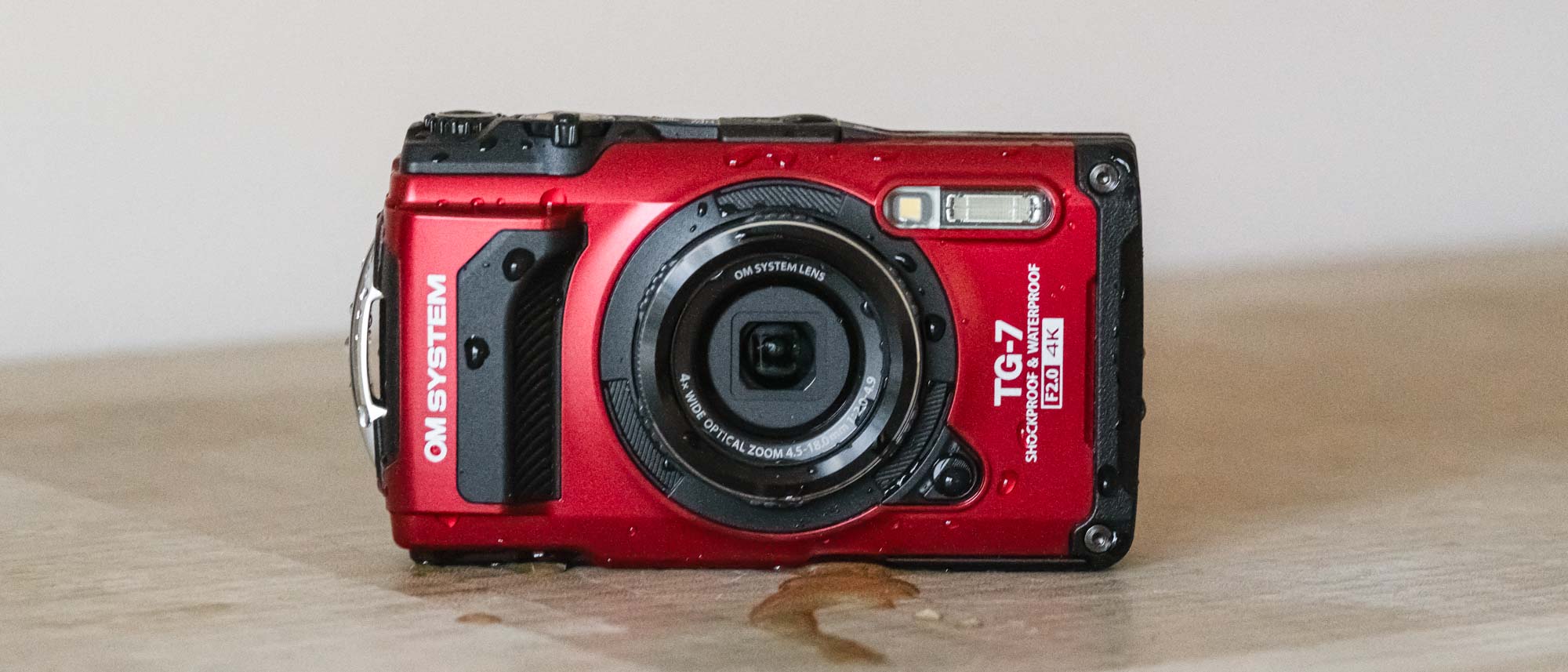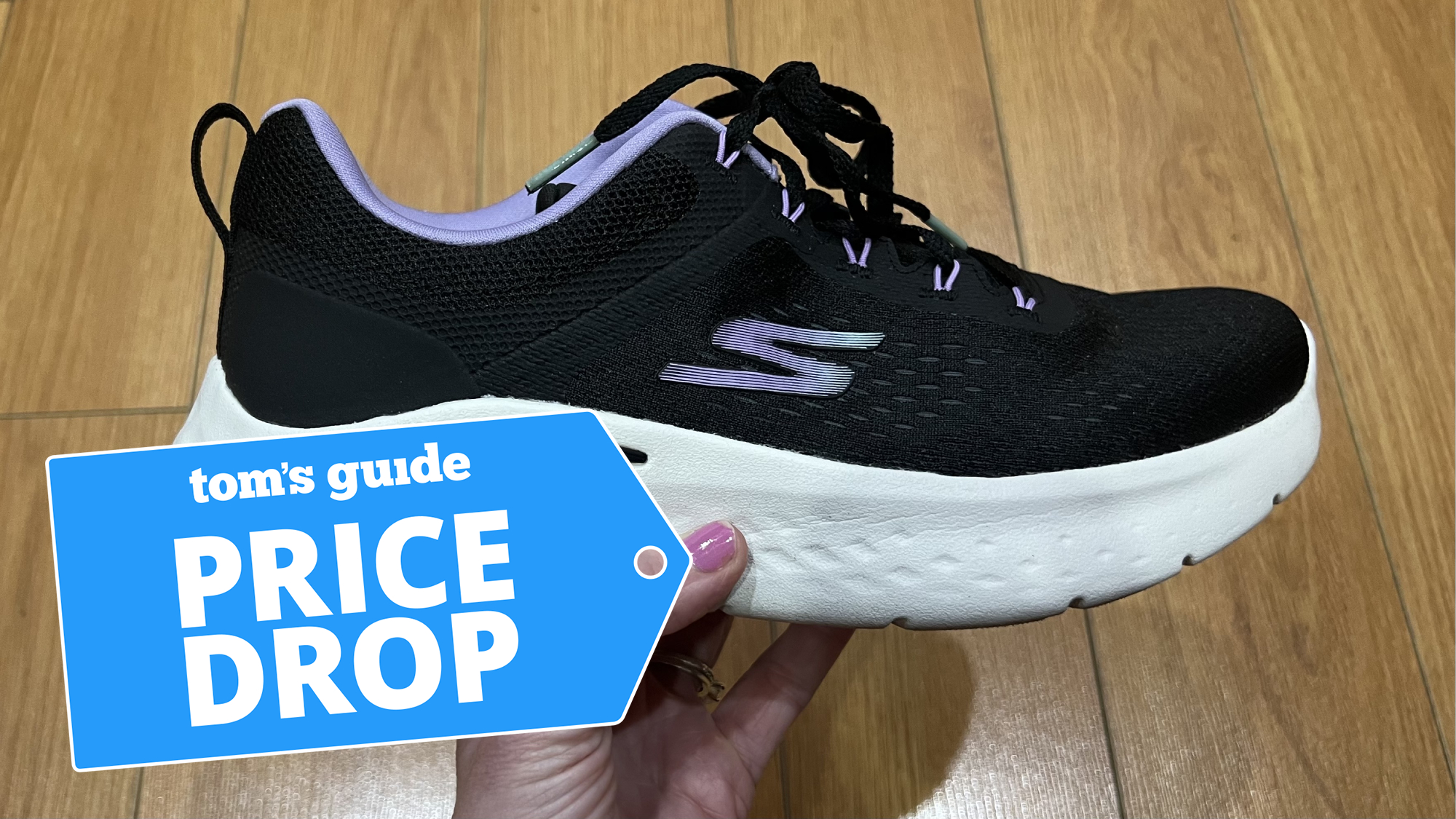Tom's Guide Verdict
Whether you’re climbing a snowy mountain, exploring the reefs of a tropical island, or anything in between, the OM System Tough TG-7 can accompany you wherever you go. This rugged little waterproof camera has lots of easy-to-use specialty features and will help you bring your adventures home with you.
Pros
- +
Semi-manual exposure modes
- +
Outstanding macro capabilities
- +
Easy to use automatic specialty features
- +
Fast aperture (f/2.0-4.9)
- +
Extensive accessories
- +
Waterproof to 50ft/15m
Cons
- -
Small, 12MP sensor
- -
Minimal video capabilities
- -
4K limited to 30p
- -
Rolling shutter
- -
Long flash recycling time
- -
Expensive
Why you can trust Tom's Guide
Sensor: 1/2.3 inch (6.3 x 4.7mm) BSI (backside illuminated) CMOS
Processor: TruePic Viii
Stabilisation: sensor shift; 2.5 stops (CIPA)
AF system: contrast detection
Viewfinder: None
Display: 3-inch fixed TFT color LCD, 1.04 million dots
ISO range: ISO 100-12,800
Max 4K@30p
Ports: USB-C, Micro HDMI, 1x SD/SDHC/SDXC UHS-I
Wireless/Bluetooth: Wi-Fi & Bluetooth
Max shooting speed: 20fps (electronic shutter); 5fps (mechanical shutter)
Max shutter speed: 1/2000th sec.
Lens: 25mm-100mm (35mm-equivalent); 4x zoom
Battery life (CIPA): 330 shots
Size/weight: 4.5 x 2.6 x 1.3 inches; 8.9 ounces
The OM System Tough TG-7, the latest in a long line of rugged cameras, is the first “tough” update since Olympus’ imaging business was rebranded to OM System under OM Digital Solutions Corporation. Like its predecessors, the TG-7 targets outdoor enthusiasts, consumers, families and others who want a camera that can withstand the rigors of their adventures regardless of conditions.
Reminiscent of point-and-shoot cameras that quickly disappeared when camera-equipped smartphones became a de-rigueur accessory for consumers, the 12-megapixel TG-7 is small enough to carry anywhere and provides basic shooting options along with a number of specialty features that are both fun and functional, including waterproofing to a depth of 50ft/15m.
The OM System Tough TG-7 is, for the most part, the same camera as its predecessor, so won’t be a “must have” upgrade for TG-6 owners. But if you want a sturdy little camera to accompany you on your wildest adventures, check out our OM System Tough TG-7 review below.
OM System Tough TG-7 review: Price and availability
The OM System Tough TG-7 costs $550/£499. The camera is available in red or black and comes with a battery, wrist strap and a USB-A-to-USB-C cable. A wide range of optional accessories are also available including an underwater housing (for diving deeper to about 130 feet/45m), conversion lenses and more.
OM System Tough TG-7 review: Design
Physically, the TG-7 isn’t much different to its TG-6 predecessor. Plastic ridges have been added to the small grip for a better handhold but everything else is pretty much the same. At 4.5 x 2.6 x 1.3 inches, this 8.9-ounce camera (with battery and SD card) is highly portable and fits easily into shirt or cargo pants pockets. A large eyelet on the right side accommodates the included wrist strap or a carabiner.
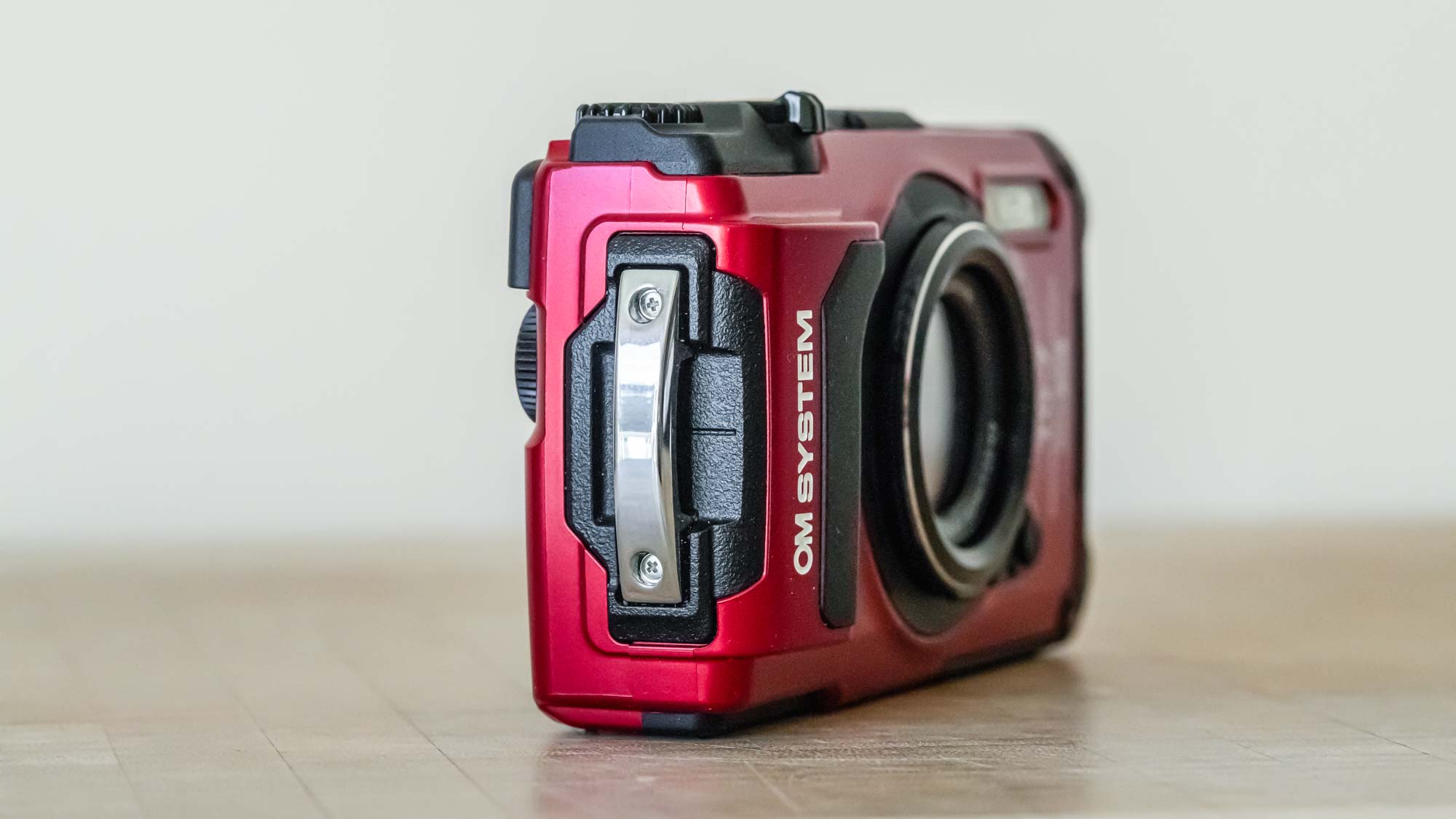
The slender top edge is home to a few controls while the main selection of buttons and dial occupy the space next to the TG-7’s fixed, 3-inch LCD on the rear panel. A small flash is available on the front of the camera for fill light when needed. This also doubles as a flashlight by holding down the Info button for a few seconds.
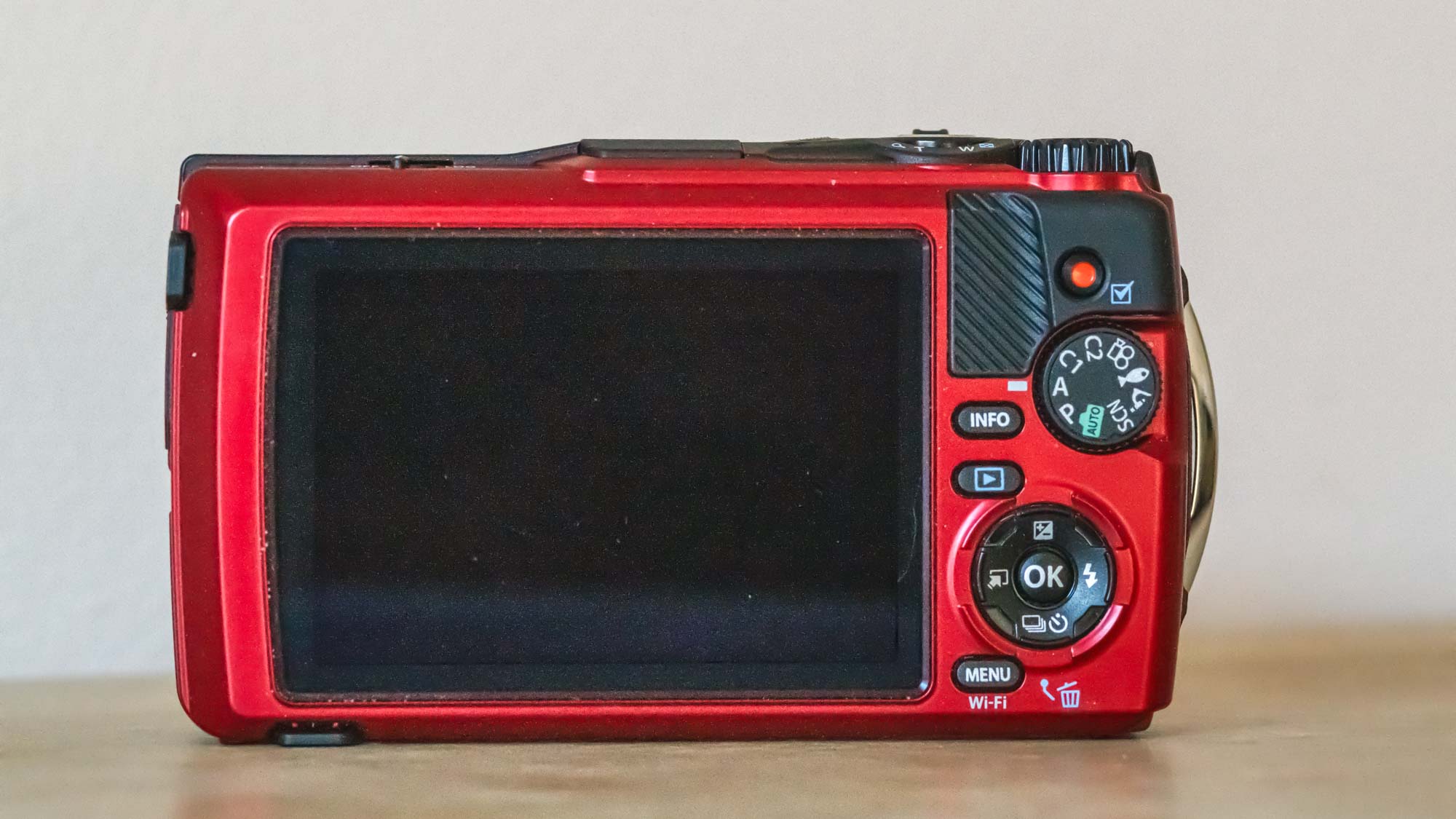
Dual ports (USB-C and Micro HDMI) are located on the right side of the camera. With the cover door opened, it’s easy to insert the USB-C cable but attaching a Micro HDMI cable is a little tight given the position of the open door. The battery/SD card compartment is on the bottom of the camera meaning you may struggle to change the SD card or battery when it’s mounted on a tripod.
I’ve dropped the TG-7 on hardwood floors with no damage, so yeah, it’s pretty sturdy.
The TG-7’s “Tough” designation comes from its waterproof, dustproof, freezeproof, shockproof and crushproof construction. The camera can be taken underwater down to 50ft/15m for up to 60 minutes, and functions at 14-104 degrees F (-10-40 degrees C), so you’re covered in all but the most extreme conditions. You can drop the camera from about 7 feet (2.1m). I’ve dropped the TG-7 on hardwood floors with no damage, so, yeah, it’s pretty sturdy.
The camera is well-sealed and has double locks on the battery/SD card compartment and the door covering the USB-C and Micro HDMI ports. The locks are small and a little difficult to open/close, but these closures are critical to protect the TG-7’s electronics, especially from corrosive saltwater.
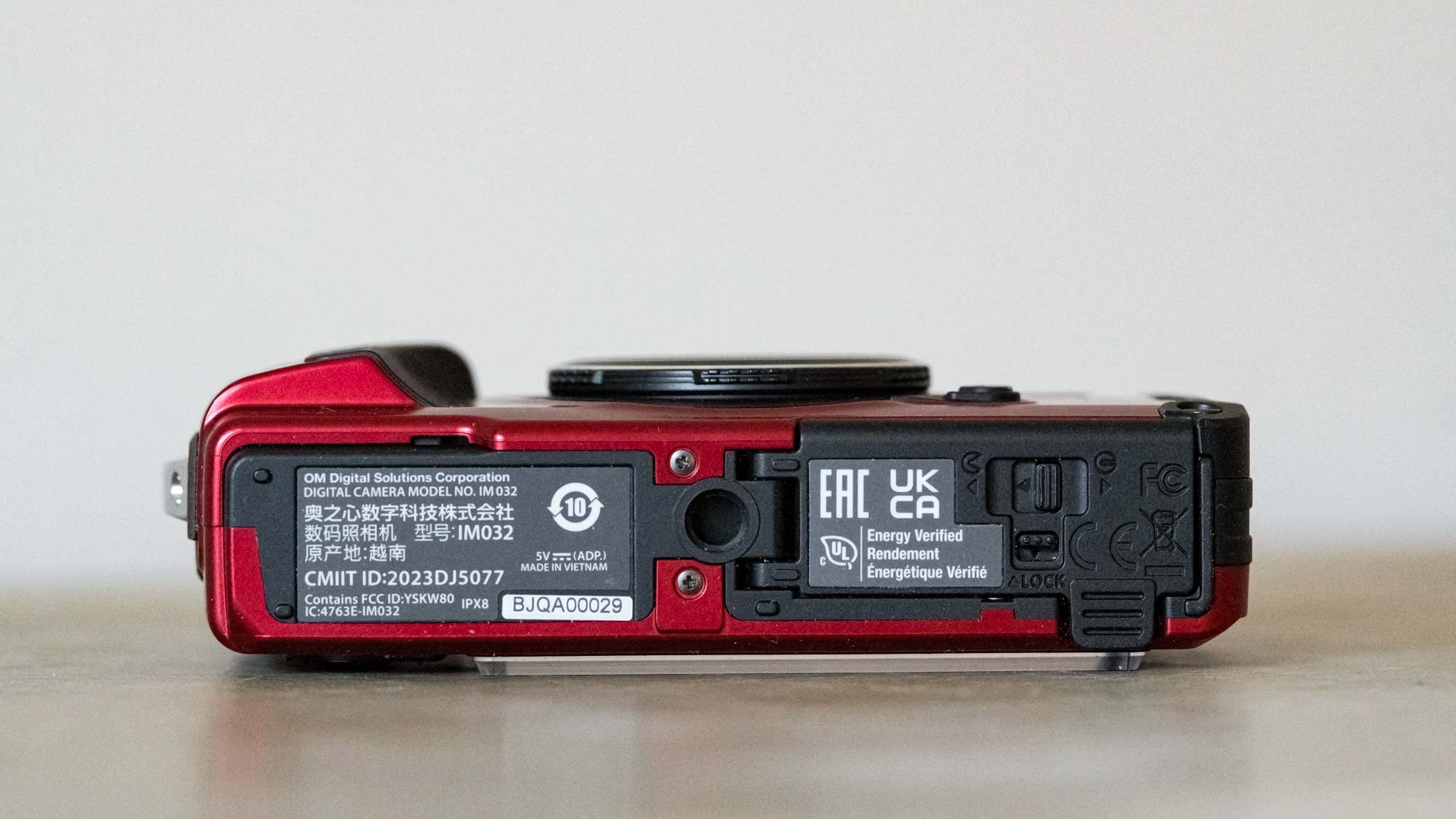
Overall, the camera is generally comfortable to hold. Photographers with larger hands may want to try the camera on for size. Compact cameras require proportionately small buttons and dials so you may find operating the TG-7 a little challenging.
OM System Tough TG-7 review: Controls
The top panel controls are well positioned for easy access, including a switch to toggle GPS tracking. The rear panel provides most of the camera’s controls, which are again all easy to reach in use. For convenience, the center OK button calls up a quick menu to effortlessly change crucial settings such as ISO, file size, or picture mode styles.
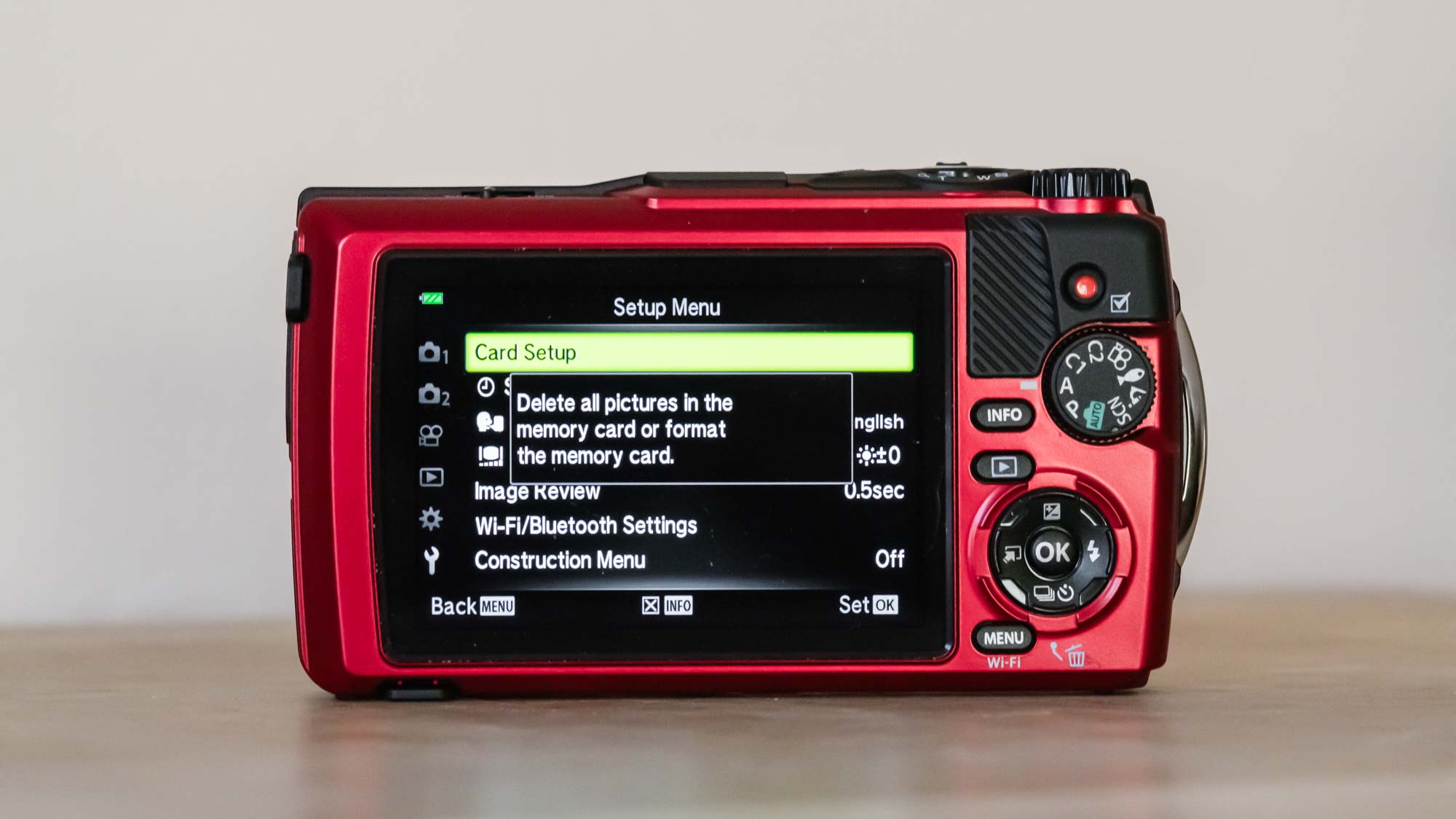
A full menu provides access to more settings like formatting the memory card, turning a framing grid on and off, etc. By default, the camera displays text descriptions of each menu item’s function as you navigate the menu, making it easy to learn about the camera’s capabilities without the manual. Unfortunately, it’s not always easy to figure out where the different features live, especially when one option may only appear in the quick overlay on-screen menu but not in the main menu. For example, you can set video resolution in the overlay menu but not the main menu video section. It’s confusing.
Fortunately, the TG-7 has two custom modes that allow you to save two groups of your favorite settings and avoid juggling menus.
OM System Tough TG-7 review: Autofocus performance
Autofocus is pretty snappy, particularly when there’s sufficient contrast. Under daylight conditions, AF locks on quickly. A trio of AF area options are available: a wide area of coverage, selectable focus points and tracking. The wide area works well, although the camera may not focus on your ideal subject (then you can always lock focus and recompose). Choose the selectable focus points option (the single dot icon) from the menu to activate an on-screen grid, then use the four-way controller arrows to move the AF point into position on the grid.
Tracking a subject is difficult and barely worth the effort. In Tracking AF mode, a target appears on the monitor then you have to place the target over the subject and press the OK button while you’re pressing the shutter button at the same time. If you can manage that, you may be able to track a subject briefly but it’s more miss than hit.
Low light can be challenging for the TG-7’s autofocus. If there’s enough contrast, the camera will lock focus pretty easily on that area. Otherwise AF will struggle and, if it’s really dark, may continue to struggle and never achieve focus.
In addition to manual focus (with MF assist), the TG-7 offers four macro modes, including Microscope modes that allow you to focus as close as 1 cm from the front of the lens with up to 44x magnification. The latter is extraordinary and can capture extremely fine details, including the fibers of fabric shown in the image below.
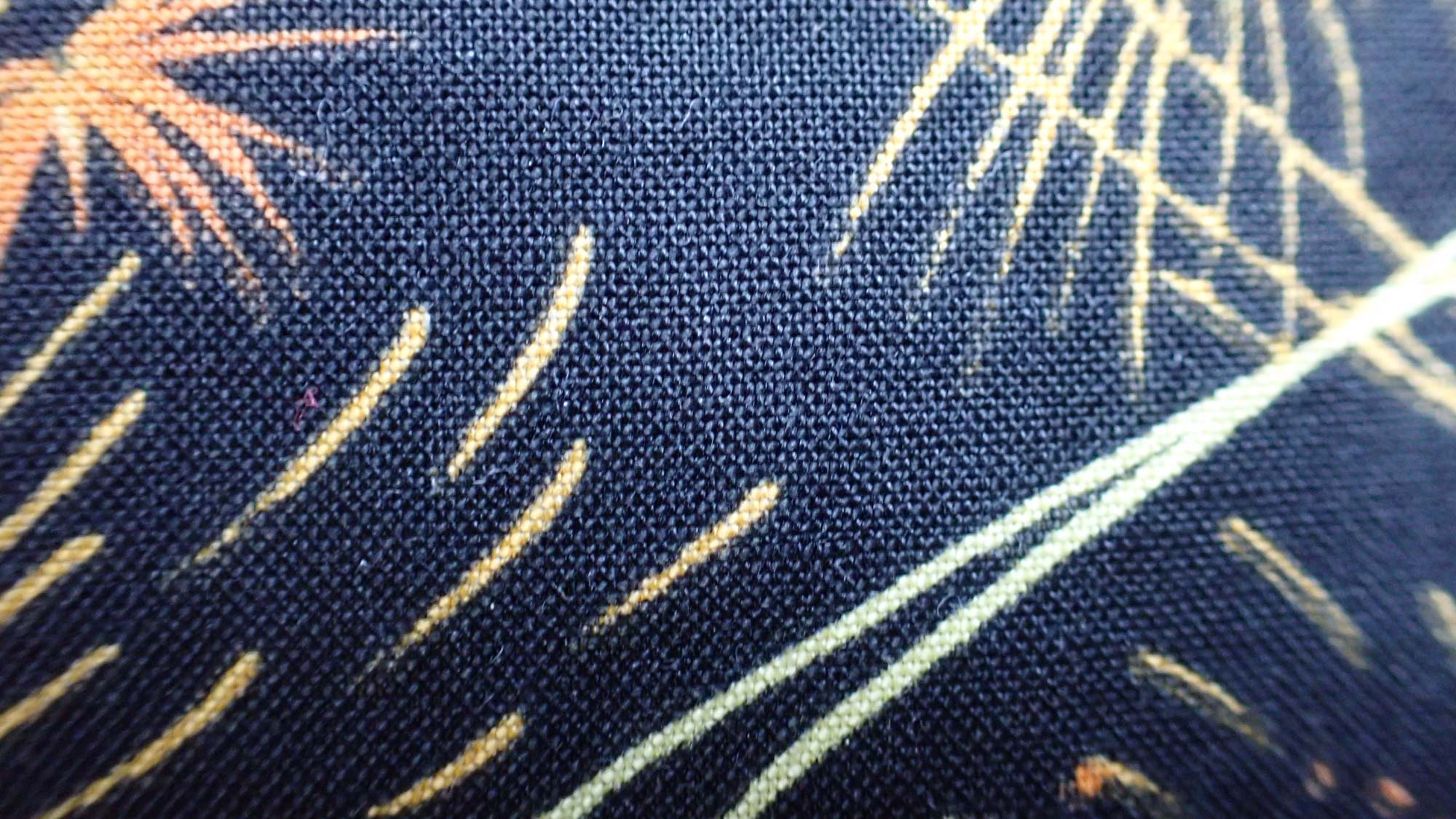
OM System Tough TG-7 review: Image performance
Despite its small 1/2.3-inch (6.3 x 4.7mm) sensor size and 12-megapixel resolution, the TG-7 is capable of producing some decent still images. Although lacking full manual exposure controls, the TG-7’s semi-manual aperture and shutter speed priority options (which I shot most often during testing) came in handy when the Program or Auto mode exposures were a little off. Unsurprisingly, the camera performed best under sunny conditions with a fair amount of contrast like this beach scene with blue skies and fluffy clouds.

For the most part, the TG-7 was capable of capturing a surprisingly wide dynamic range, as seen in this lighthouse photo with its black and white stripes and moderate shadows. What’s missing, though, is the texture in the light house’s surface. But, at a 36mm focal length (full frame equivalent), the lens showed no distortion.

Sometimes, though, highlights were a challenge for the TG-7 as seen in the below image. I’ve photographed this white building before with better results but given the bright sunlight’s angle and solid white surfaces, it’s a tough shot. On the other hand, the darker areas such as the roof and trees in the background were well-exposed with lots of detail.
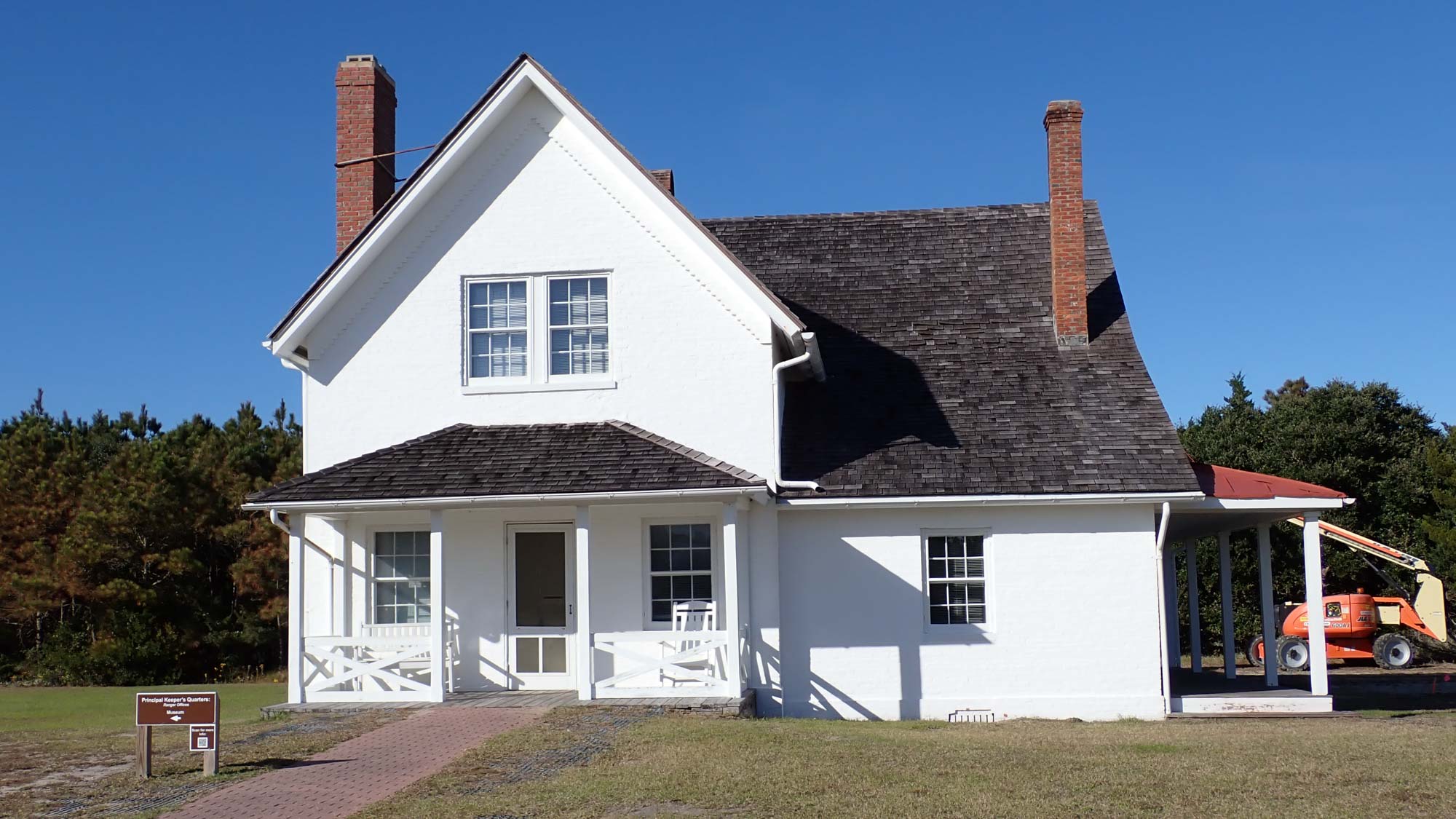
Although AF struggles in very low light, the camera’s fast, f/2.0 lens is helpful when shooting in dark conditions, such as the sunrise shot below. Auto exposure mode performed fairly for this image, as well, shot at ISO 800 and 1/15th sec. Although image stabilization is ranked at 2.5 stops, the image isn’t as soft as I’d expect when handholding the camera at that slow shutter speed. And, at ISO 800, image noise is at a manageable level. Once you exceed ISO 1600, noise is much more visible so it’s best to stay below that number.
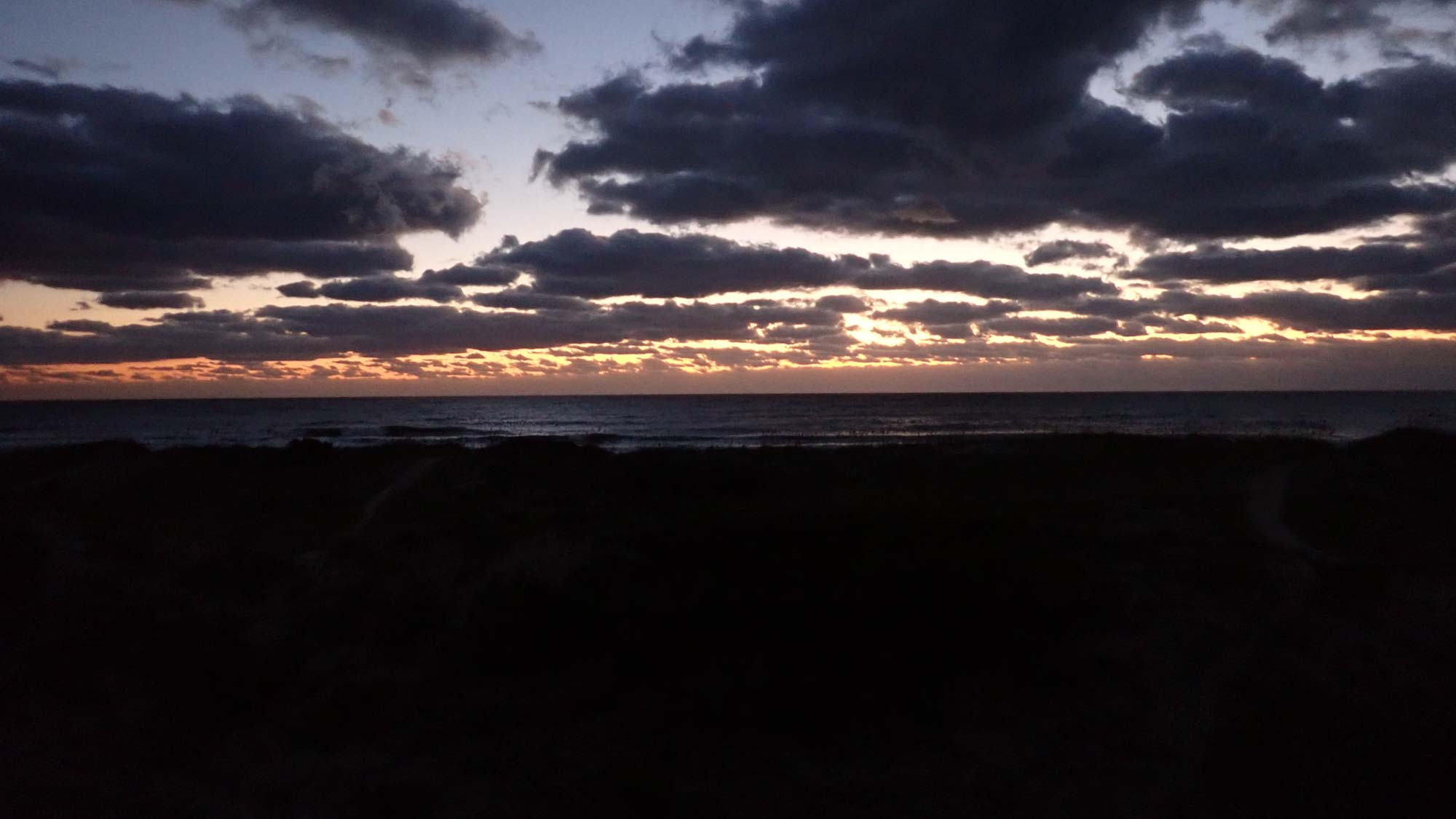
When testing, I switched between Auto white balance and Sunny. Both worked well and produced realistic and pleasing colors when set on the Natural picture style. As you can see from the image below, the blue tones of the water and sky were rich but not overwhelmingly vivid and well-balanced with the surrounding vegetation.
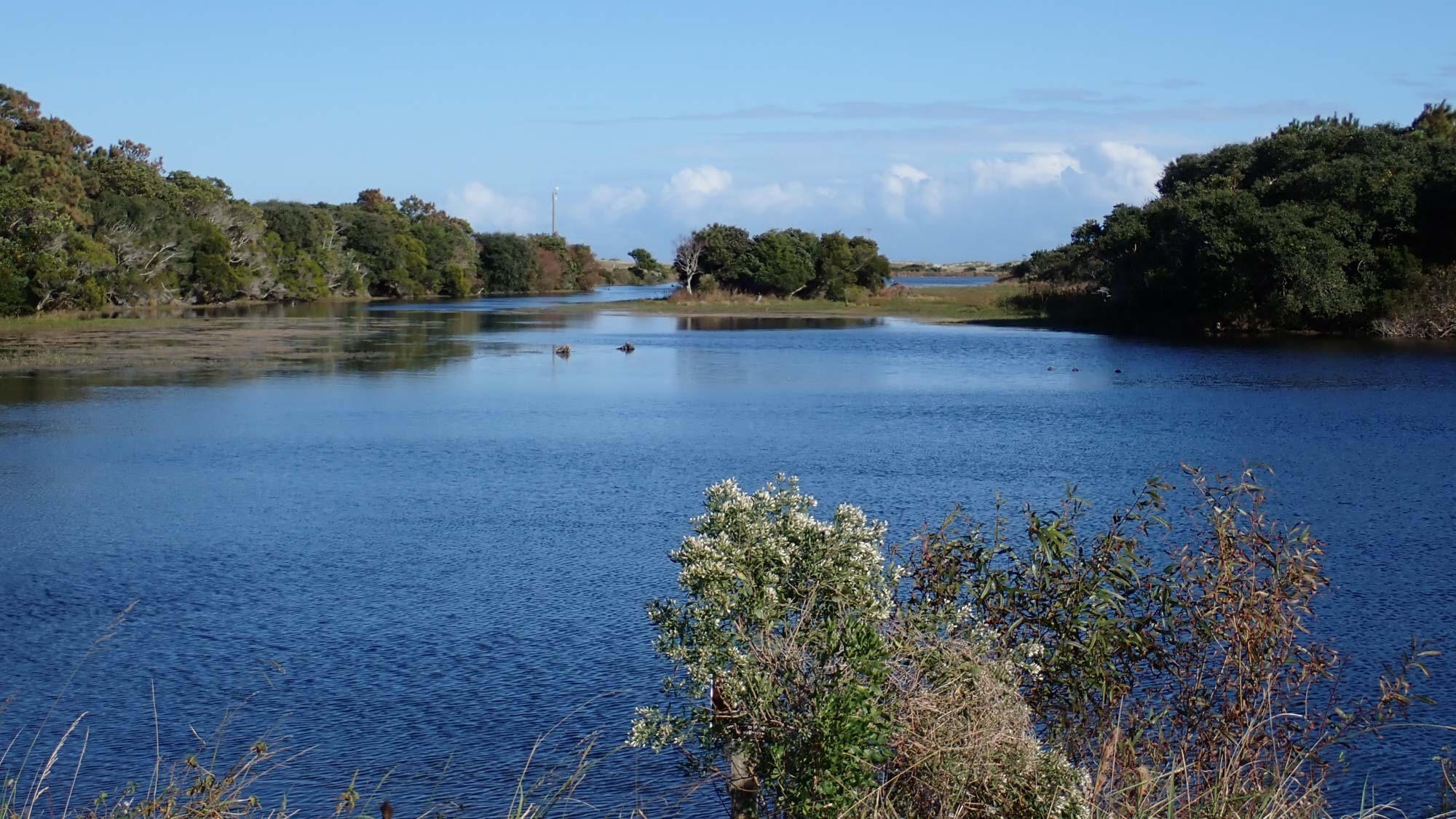
The TG-7 has a long list of specialty modes including Art filters and various modes for live composite, various night time and indoor shooting, as well as the standard landscape and portrait modes.
Art filters, for example, apply various effects to an image — some are subtle, others are a little over the top. These can be applied during or after image capture. Here are a few examples of the 16 Art filters. In order, they are: Grainy Film, Instant Film, Pinhole III and Vintage III.
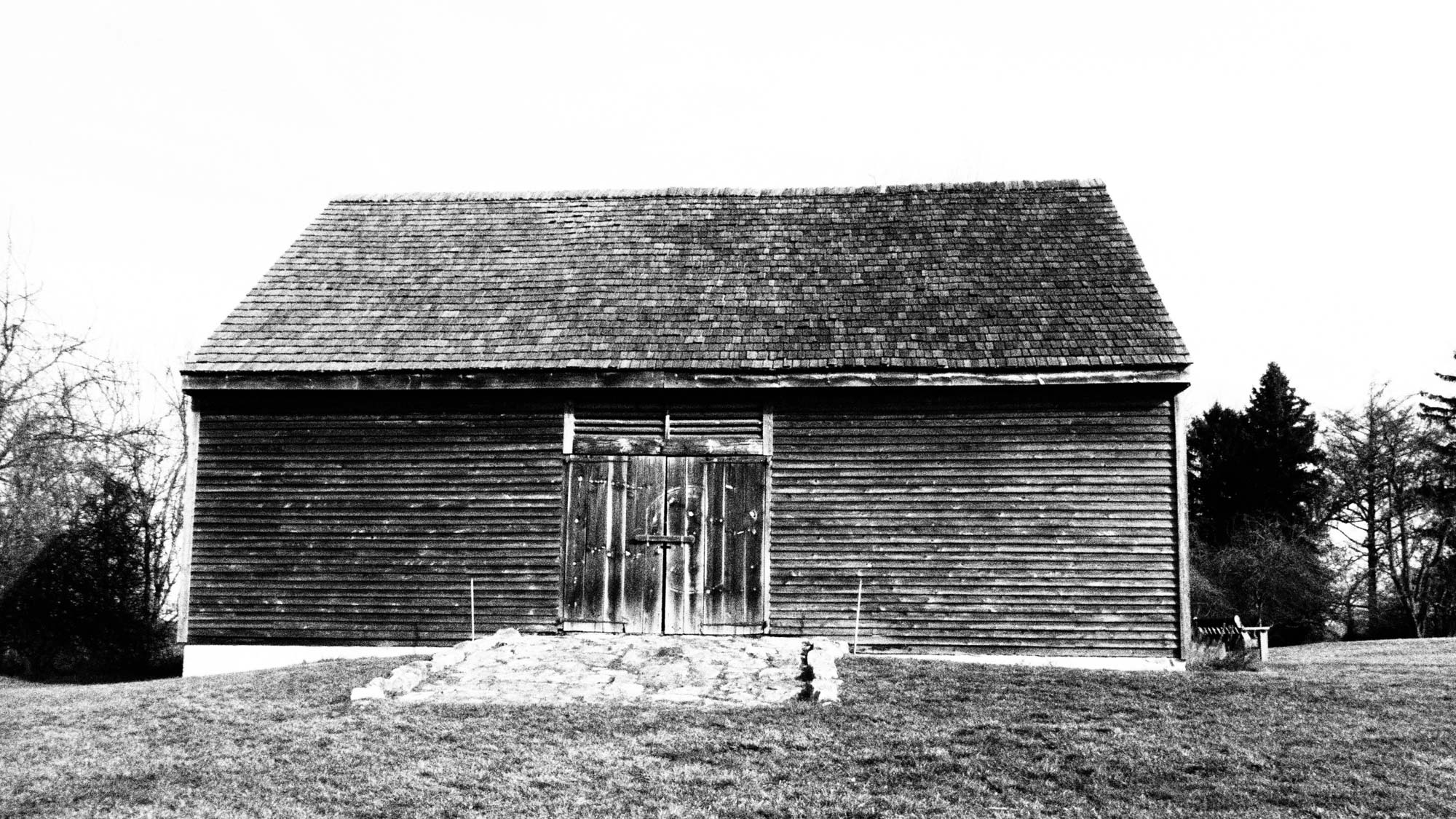
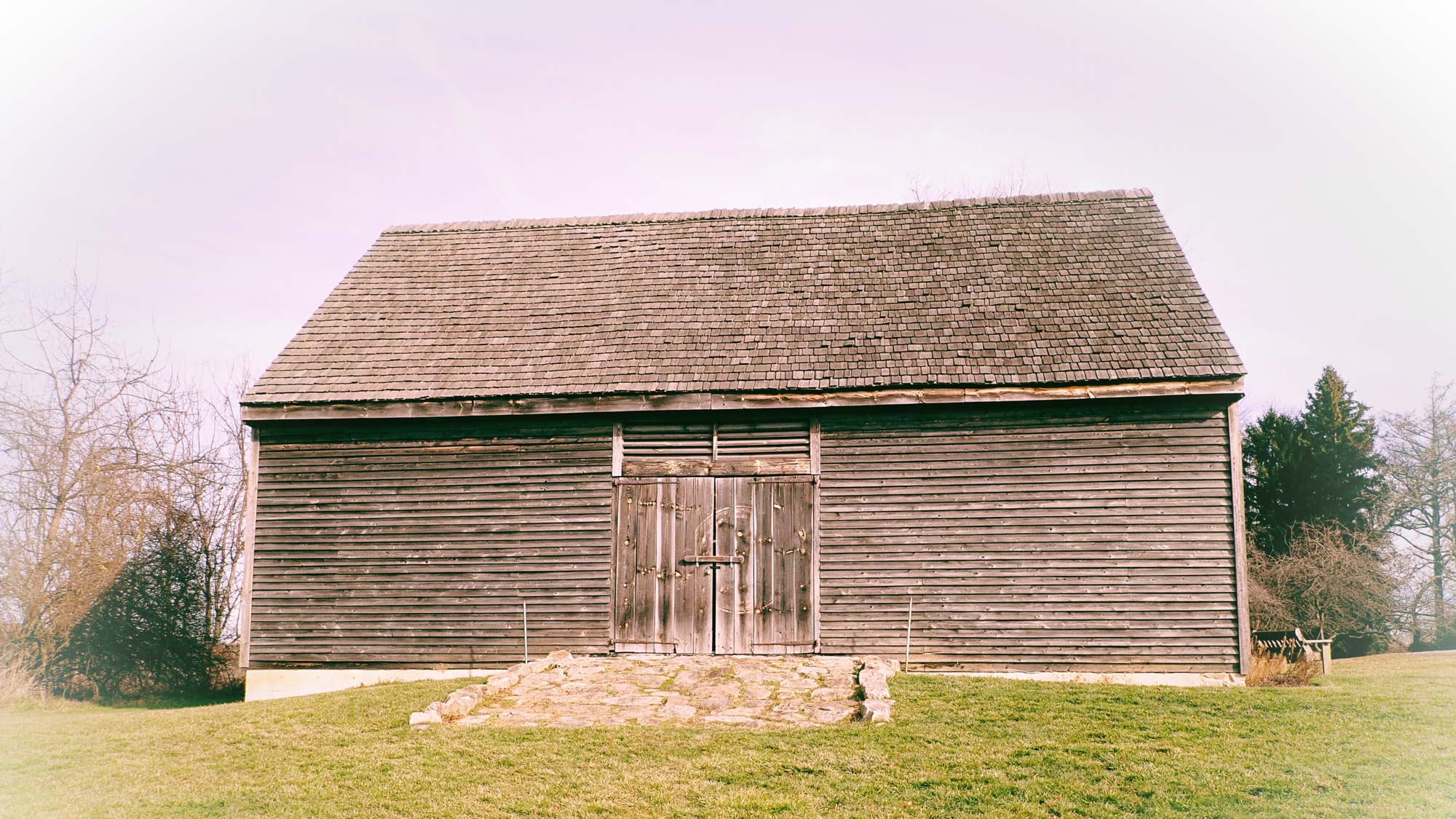
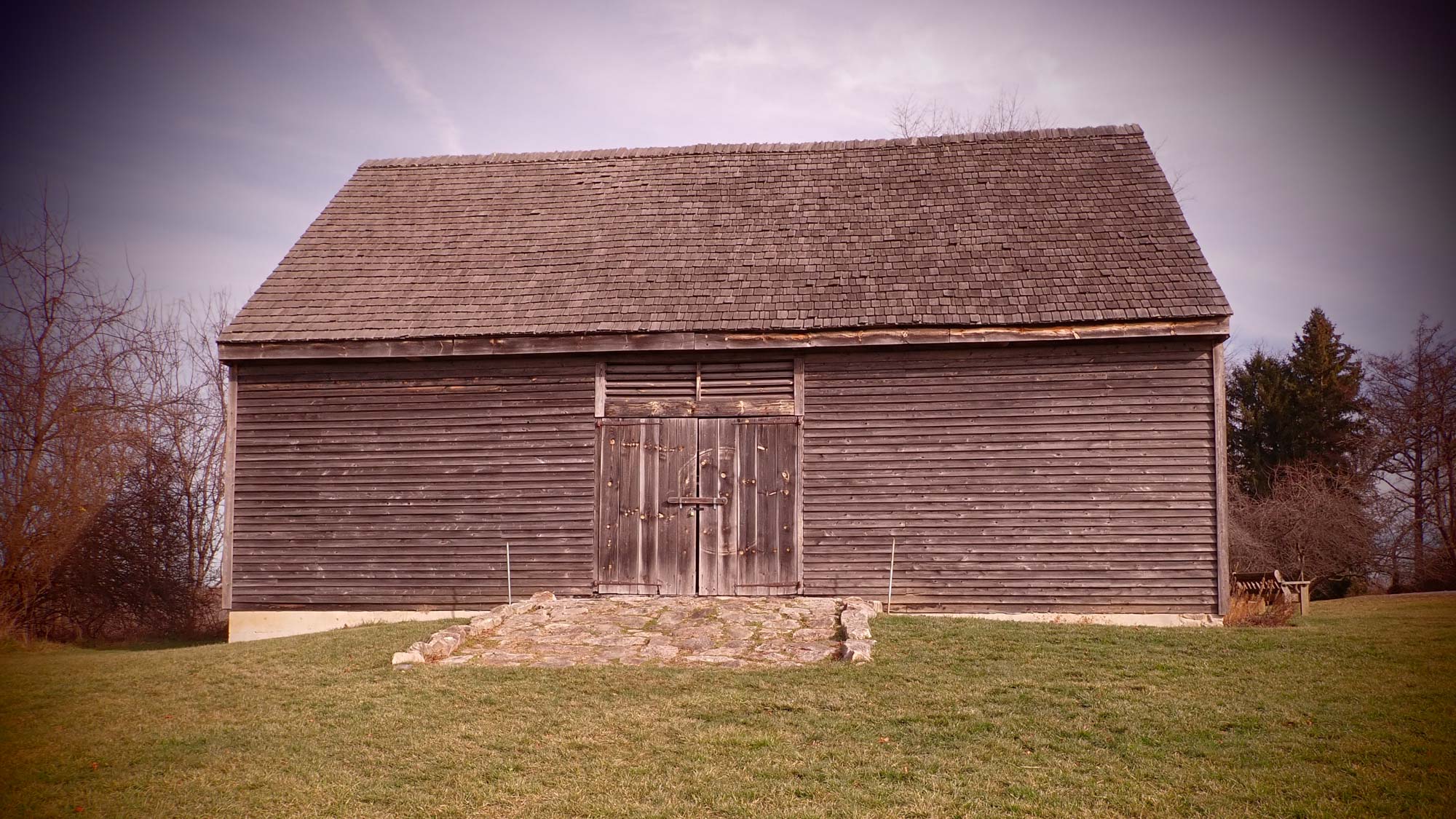
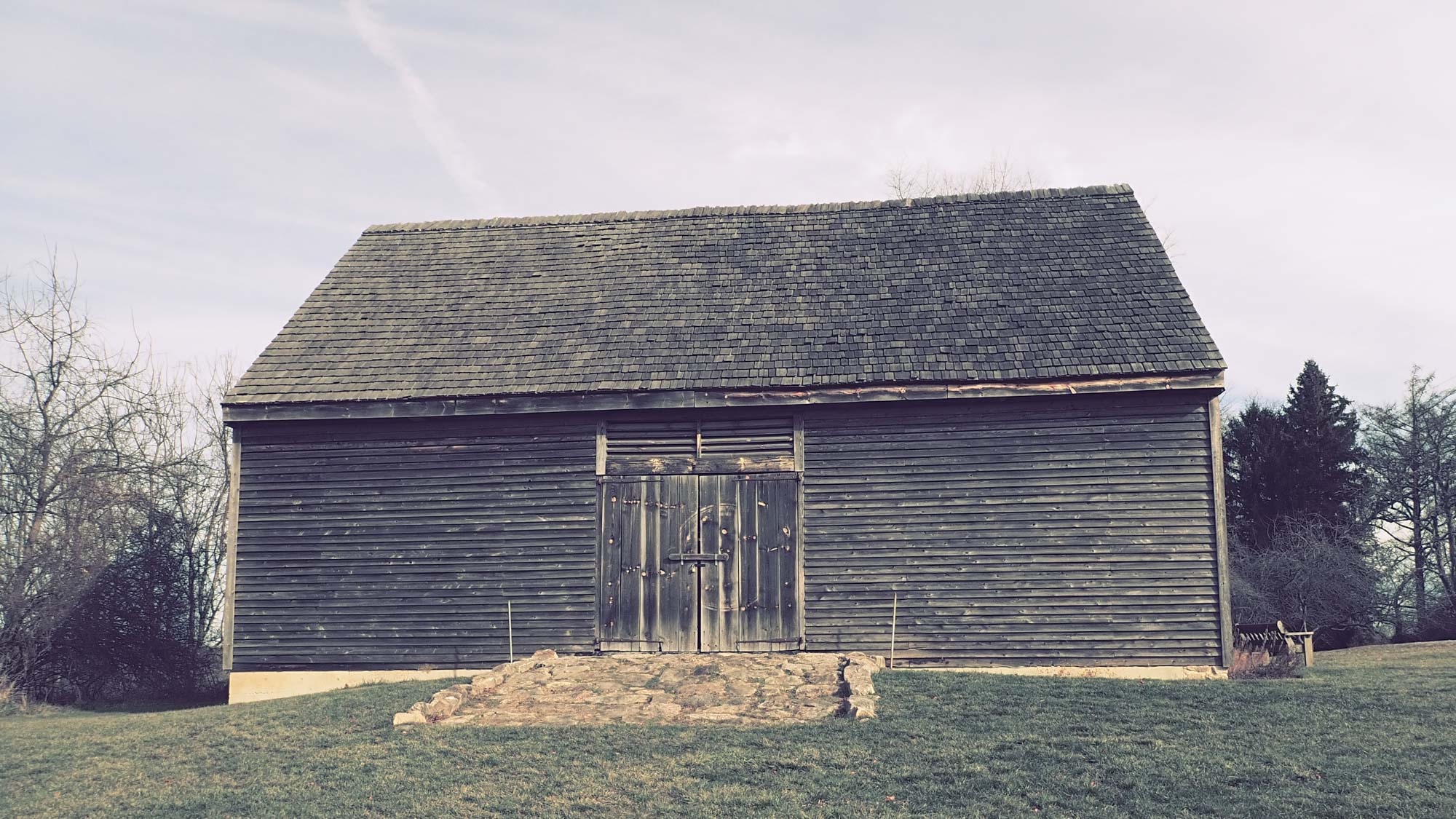
Another favorite of mine is Live Composite. Used during long exposures, this mode allows you to view the exposure as it’s “developing.” Once it reaches the image you want, just stop the exposure. This feature is great for light painting and photographing star trails as seen below.

OM System Tough TG-7 review: Video performance
The TG-7 isn’t a strong video performer but it’s certainly capable of providing short clips of your adventures and activities. Video capture maxes out at 4K/30p with a range of options from Full HD/60p to SD/480fps.
Shooting 4K requires a speed class 3 SD card; UHS-1 is fine since that’s the specification on the SD card slot. Since the maximum size of each clip is 4GB, recording time for individual clips is limited. For example, 4K/30p tops out at about 5.5 minutes, while full HD 60p can capture up to about 10 minutes.
The TG-7’s video works best under well-lit conditions and can easily handle the bright reflective surfaces of a beach scene like the one below, producing an even exposure and decent level of detail. The internal mic was overwhelmed by the wind noise in that video (keep your volume down).
Since I didn’t have any place to swim or dive with the camera (it easily survived a soaking in a 3-inch-deep glass of water), I thought I’d up the ante by digging the camera into the beach sand to see how it would handle a splash of saltwater. While my shoes were ruined chasing the runaway camera, the TG-7 was fine and recovered nicely after a quick rinse in fresh water and a soft-cloth wipedown.
A quick warning — be careful when panning in video as rolling shutter can be an issue.
OM System Tough TG-7 review: Battery performance
The TG-7’s CIPA rating of 330 shots per charge is much lower than the number of images and video footage I was able to capture on a single charge of its slender battery. With continuous use, the camera body got very slightly warm but not excessively so.
I shot a series of stills (JPEG +RAW) and videos, varying capture modes to gauge the TG-7’s battery life. Out of the 681 still images captured, most were shot on continuous mode at 20fps. About 50 were single shot without flash, with the remaining 105 single shot images using flash. All these test shots were shot indoors at a comfortable room temperature on a 64GB SD card. Results will differ based on settings and ambient conditions, but this was an impressive performance.
OM System Tough TG-7 review: Verdict
The OM System Tough TG-7 is a great companion for outdoor adventurers and should be able to keep up even in extreme conditions. Despite all the cool features designed to make it easy to navigate shooting challenges, the TG-7’s AF, images and video performance are more akin to a point-and-shoot camera than today's best mirrorless cameras, so keep your expectations in check.
There are less expensive options out there such as the Pentax WG-90 ($329 / £379) which offers many of the same options and ruggedness, and slightly higher resolution, but the TG-7 is a little more up to date with USB-C charging, 4K video (albeit at only 30p) and a few specialty features such as live composite. If video is your priority, check out one of the best action cameras — something like the GoPro Hero12 Black ($399) if you’d like higher than 4K video, or the DJI Osmo Action 4 ($379) if you need the most water resistance.
Whether you’re looking for a rugged companion to your main camera or a family-friendly, take-anywhere outdoor camera, the OM System Tough TG-7 gives you the freedom to explore wherever you want. After all, what’s a good adventure story without pictures?
Theano Nikitas is a freelance journalist and photographer. She's been writing about photography for more than 20 years, contributing countless reviews of cameras, lenses, accessories and software packages to Tom's Guide. Her work has also appeared in dozens of other magazines and websites, including CNET, DPreview, PopPhoto, Professional Photographer and Shutterbug.
